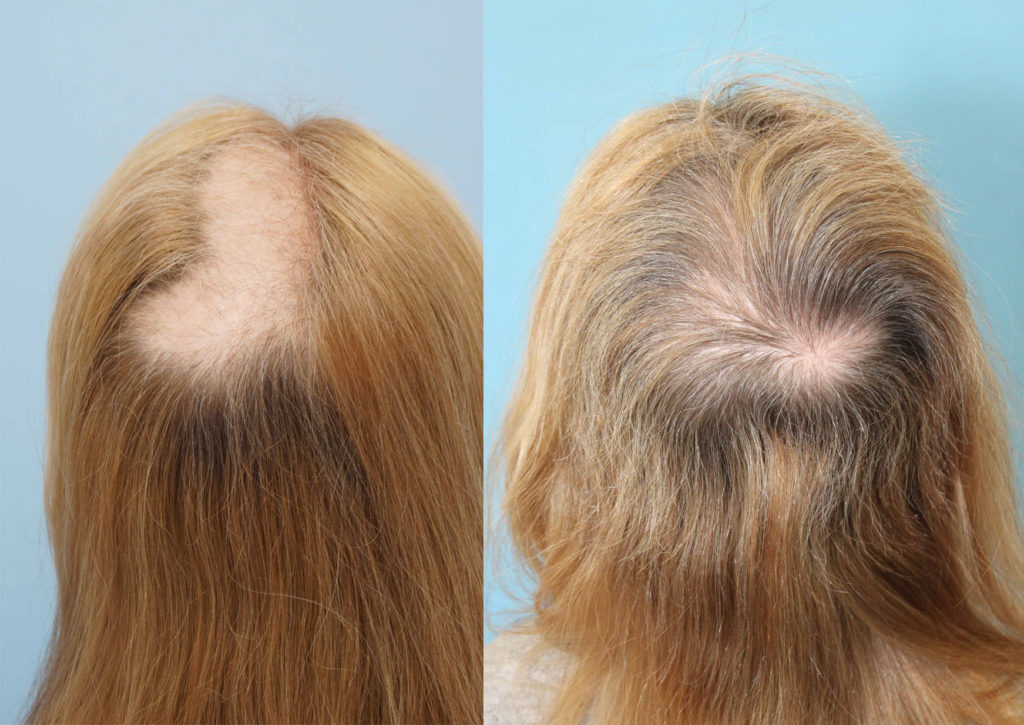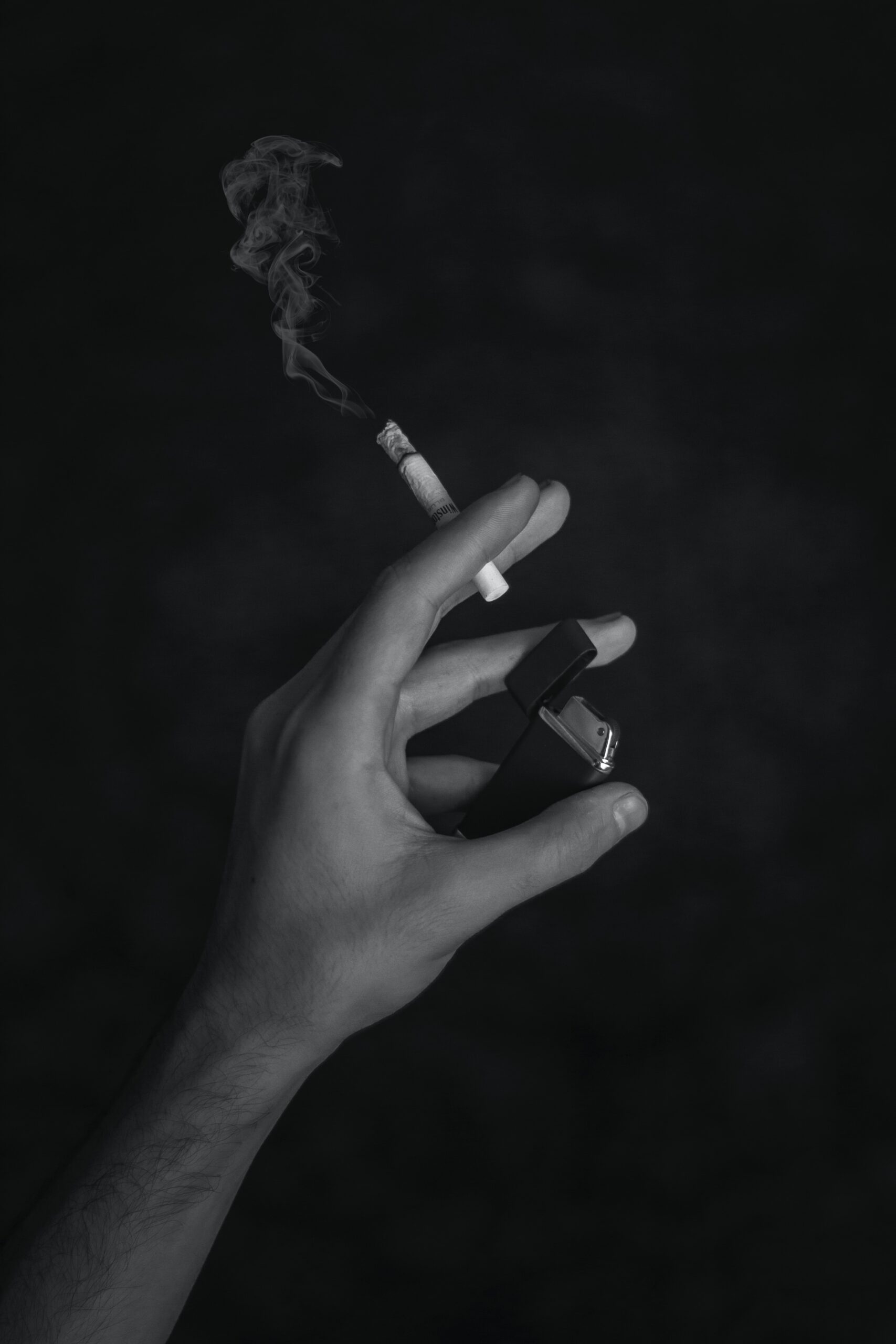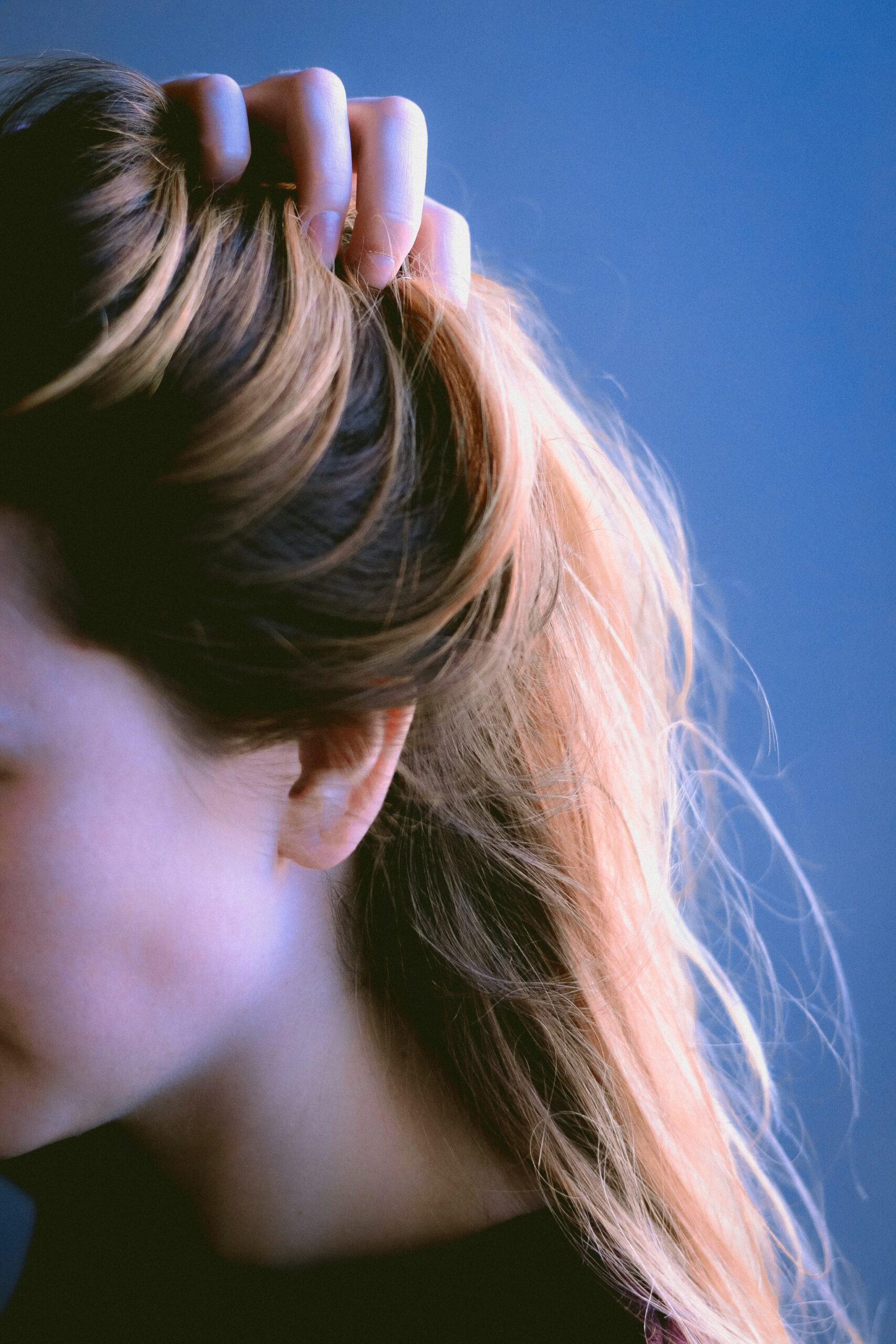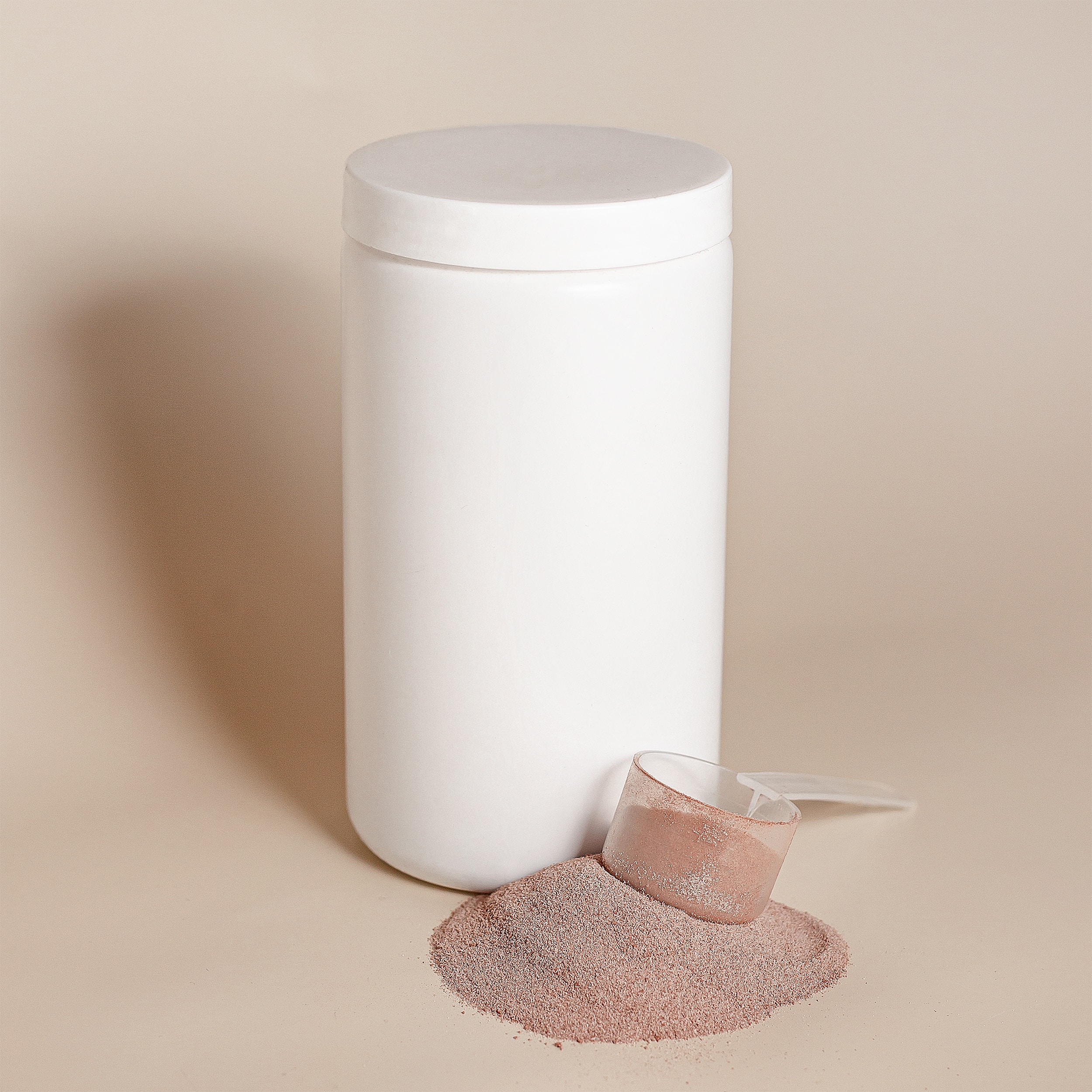
What is trichotillomania?
15th October 2019
Trichotillomania – also known as compulsive hair-pulling – is a condition that causes the sufferer and intense desire to pull out their hair, whether it be the hairs on their head, eyebrows, eyelashes, or any other parts of the body. It is more commonly found in teenagers and young adults, particularly females, but anyone can be affected.
The signs of the condition usually include:
- The urge to repeatedly pull out hairs from any part of the body
- A heightened sense of tension before pulling the hair
- A feeling of relief or satisfaction when the hair is pulled out – some people say it’s like scratching an itch
- Significant, noticeable hair loss, such as thinning or balding areas on the scalp.
Some people with trichotillomania may pull out one strand of hair at a time, whilst others may tear out handfuls. Although many people with the condition do it as an automatic response to a stressful situation, not all sufferers are fully aware of what they are doing, pulling the hair out in an absent-minded way.
The main consequence of trichotillomania is that the sufferer can be left with visible bald patches, which they often try to hide with hats, wigs and false eyelashes. It can significantly impact their self-esteem, especially as many people with the condition find it embarrassing or difficult to talk about.
So, what actually causes trichotillomania? The fact is, no-one is entirely sure. Some experts believe that it should be categorised as a mental health condition, linking it to Obsessive Compulsive Disorder. However, OCD is driven by unwanted thoughts and obsessions, whereas trichotillomania is primarily a body-focused repetitive behaviour to reduce stress or tension, similar to skin-picking disorders. Others believe that it’s genetic, or that it could be an addiction.
Due to the shame many sufferers feel around the condition, and the impact it has on their self-confidence, they may struggle to seek help. However, it usually needs medical intervention, as it’s unlikely to get better without treatment. It is commonly treated with a form of cognitive behavioural therapy known as habit reversal training, which aims to replace bad habits with non-harmful ones, and can be highly effective.
Even for long-term sufferers of trichotillomania, in many cases the hair will grow back once the condition has been treated. For some, though, they may find that the hairs that they have pulled out don’t grow back, due to the repeated damage to the follicle. In these instances, hair transplants and eyelash transplants can fix the visible symptoms of the condition. However, it can only be considered once the condition has been addressed and successfully treated – although, of course, there is still the risk of the patient pulling their hair out again.
If you are concerned that you may be suffering from trichotillomania, we’d encourage you to seek medical help. It’s nothing to be ashamed of, so visit your GP, who will be able to offer support and advice.


